 Viacom, Inc., the nemesis of any cable operator trying to keep programming costs down, has finally bowed to the reality there is a ceiling on the number of networks Americans are willing to pay for and will narrow its focus on just six of its top cable networks.
Viacom, Inc., the nemesis of any cable operator trying to keep programming costs down, has finally bowed to the reality there is a ceiling on the number of networks Americans are willing to pay for and will narrow its focus on just six of its top cable networks.
The programmer operates more than two dozen cable networks, many forcibly bundled onto cable systems with the networks most cable operators want to carry as a result of contract renewal negotiations. As a result, many cable lineups are loaded with spinoff networks created by Viacom around their BET, Nickelodeon, and MTV brands.
In recent years, some smaller cable operators have parted company with Viacom for good, dropping networks like Comedy Central, Spike, and Nickelodeon because programming costs got too high. Cable One, Suddenlink, and most recently streaming service PlayStation Vue have dropped Viacom networks, and Altice is threatening to do the same for its Cablevision subscribers if renewal rates get out of hand. Viacom also created consternation for satellite TV providers with regular skirmishes that have led to blackouts.
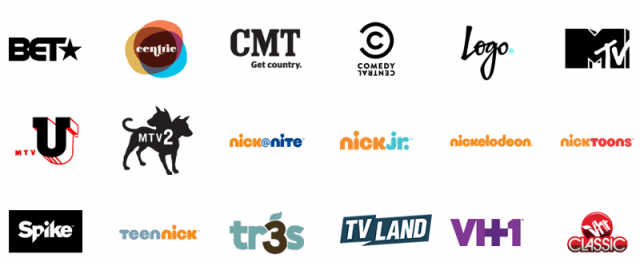 New Viacom chief executive Bob Bakish now plans to cut tension with pay television operators by narrowing Viacom’s focus to just six core networks: Nickelodeon, Nick Jr., MTV, Comedy Central, BET and Spike. The Wall Street Journal reports the plan won Viacom board approval and will be publicly announced later this week.
New Viacom chief executive Bob Bakish now plans to cut tension with pay television operators by narrowing Viacom’s focus to just six core networks: Nickelodeon, Nick Jr., MTV, Comedy Central, BET and Spike. The Wall Street Journal reports the plan won Viacom board approval and will be publicly announced later this week.
Viacom won’t sign off the rest of its networks immediately, but will begin to shift popular programming away from weaker networks like CMT and TV Land.
“We must do everything we can to keep [our brands] strong and distinct as audiences fragment and content options proliferate,” Mr. Bakish told shareholders at the company’s annual meeting on Monday.
Viacom’s ratings are down among core audiences across all of their networks except Nickelodeon’s Nick at Night evening block and Nick Jr.
The rearrangement may not result in a lot of savings for cable operators or consumers, however, because Viacom reportedly intends to raise carriage fees for its core networks that most people want to watch. It does seems unlikely most of the non-core networks will stay on linear TV for very long under the new business plan. Most could be distributed through streaming video services or on-demand.
Viacom also intends to review its digital distribution deals with streaming providers like Hulu, and observers believe those deals are likely to see new restrictions designed to win approval from Viacom’s cable partners and help build ratings.
Among the channels no longer part of the core lineup that could eventually sign-off for good:
- CMT and CMT Music
- Logo TV
- MTV2, MTV Classic, MTV Live, MTVU, MTV Tres
- TV Land
- VH1
- Nick2, Nick at Nite, NickMusic, Nicktoons, TeenNick
- BET Gospel, BET Hip-Hop, BET International, BET Jams, BET Soul
- Centric


 Subscribe
Subscribe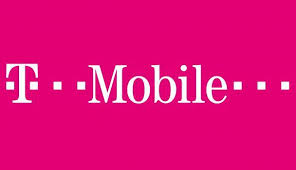 Former AT&T customers who dumped their former carrier for T-Mobile in return for a free year of DirecTV Now are getting a sweeter deal with a free year of Hulu with Limited Commercials as well.
Former AT&T customers who dumped their former carrier for T-Mobile in return for a free year of DirecTV Now are getting a sweeter deal with a free year of Hulu with Limited Commercials as well.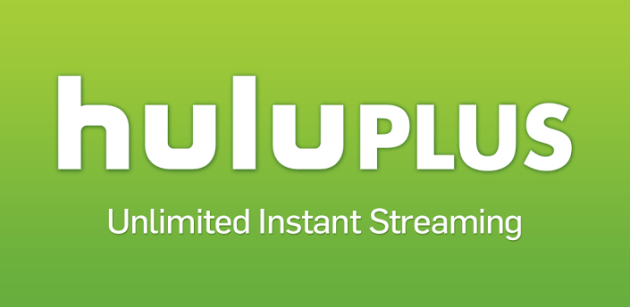
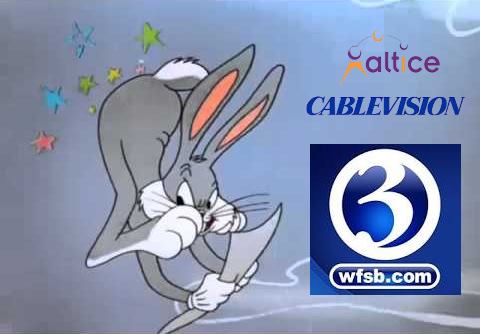
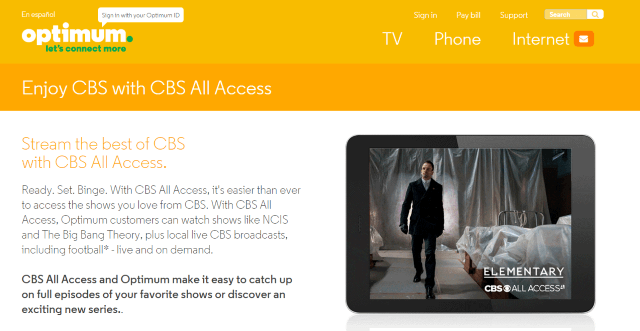
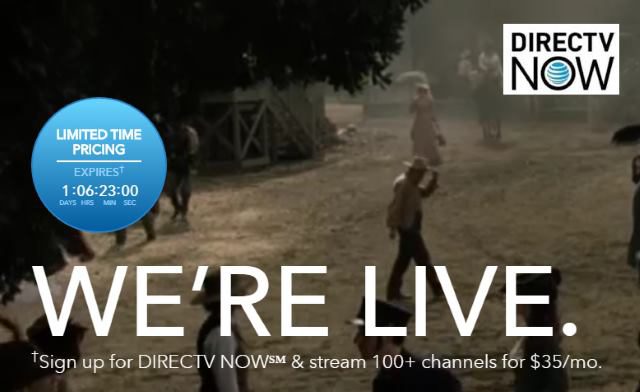 Starting tomorrow, new customers signing up for AT&T’s 100+ channel streaming television package will pay $60 a month, up from the $35 promotional price AT&T has been advertising during the holidays.
Starting tomorrow, new customers signing up for AT&T’s 100+ channel streaming television package will pay $60 a month, up from the $35 promotional price AT&T has been advertising during the holidays.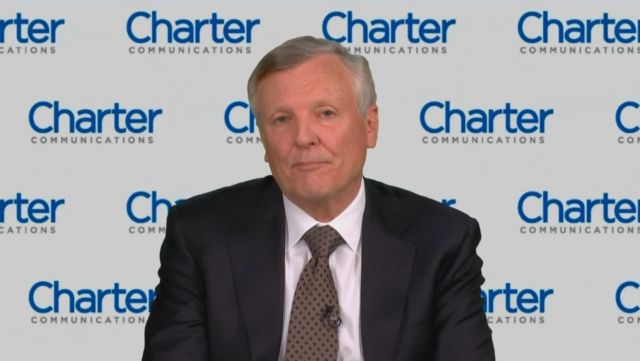
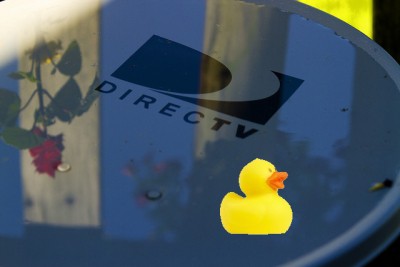
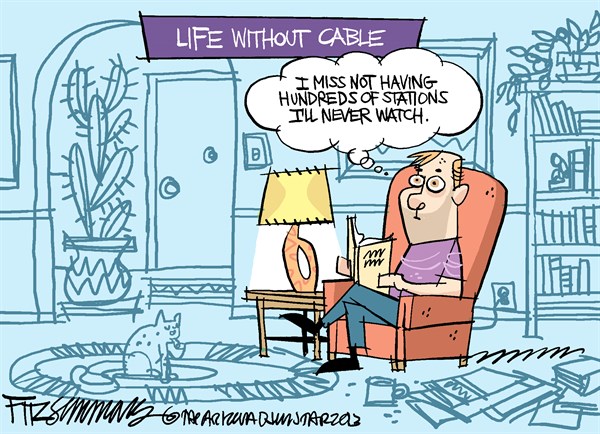 While Burke’s prediction has yet to slash the cable dial by more than a few networks so far, it has slowed down the rate of new network launches considerably. One millennial-targeted network, Pivot, will never sign on because it failed to attract enough cable distribution and advertisers, despite a $200 million investment from a Canadian billionaire. Time, Inc.’s attempts to launch three new networks around its print magazines Sports Illustrated, InStyle and People have gone the Over The Top (OTT) video route, direct to consumers who can stream their videos from the magazines’ respective websites.
While Burke’s prediction has yet to slash the cable dial by more than a few networks so far, it has slowed down the rate of new network launches considerably. One millennial-targeted network, Pivot, will never sign on because it failed to attract enough cable distribution and advertisers, despite a $200 million investment from a Canadian billionaire. Time, Inc.’s attempts to launch three new networks around its print magazines Sports Illustrated, InStyle and People have gone the Over The Top (OTT) video route, direct to consumers who can stream their videos from the magazines’ respective websites.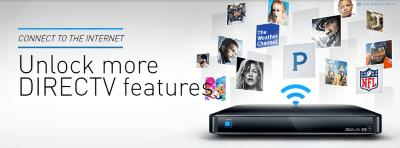 DirecTV Now is expected by the end of this year and will likely offer a 100 channel package of programming priced at between $40-55 a month, viewable on up to two screens simultaneously. The app-based service will be available for video streaming to televisions and portable devices like tablets and phones. No truck rolls for installation, no service calls, and no equipment to buy or rent are all attractive propositions for AT&T, hoping to cut costs.
DirecTV Now is expected by the end of this year and will likely offer a 100 channel package of programming priced at between $40-55 a month, viewable on up to two screens simultaneously. The app-based service will be available for video streaming to televisions and portable devices like tablets and phones. No truck rolls for installation, no service calls, and no equipment to buy or rent are all attractive propositions for AT&T, hoping to cut costs.